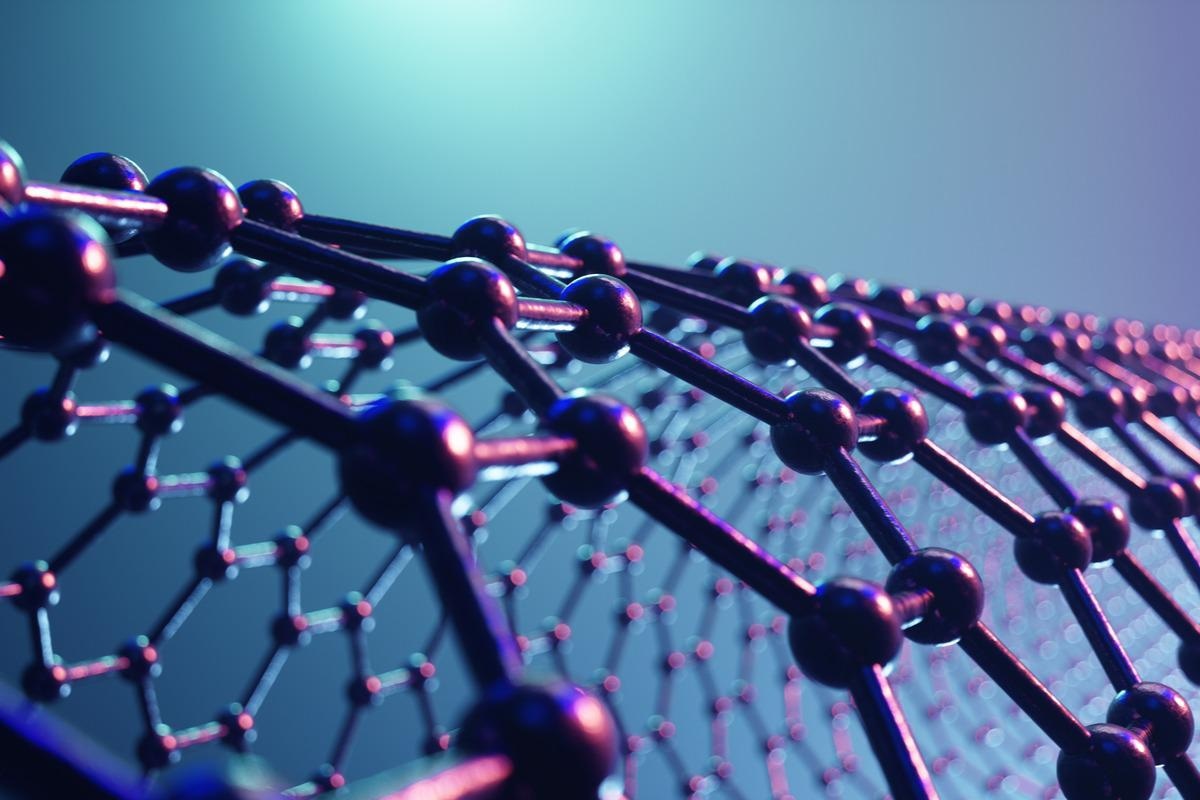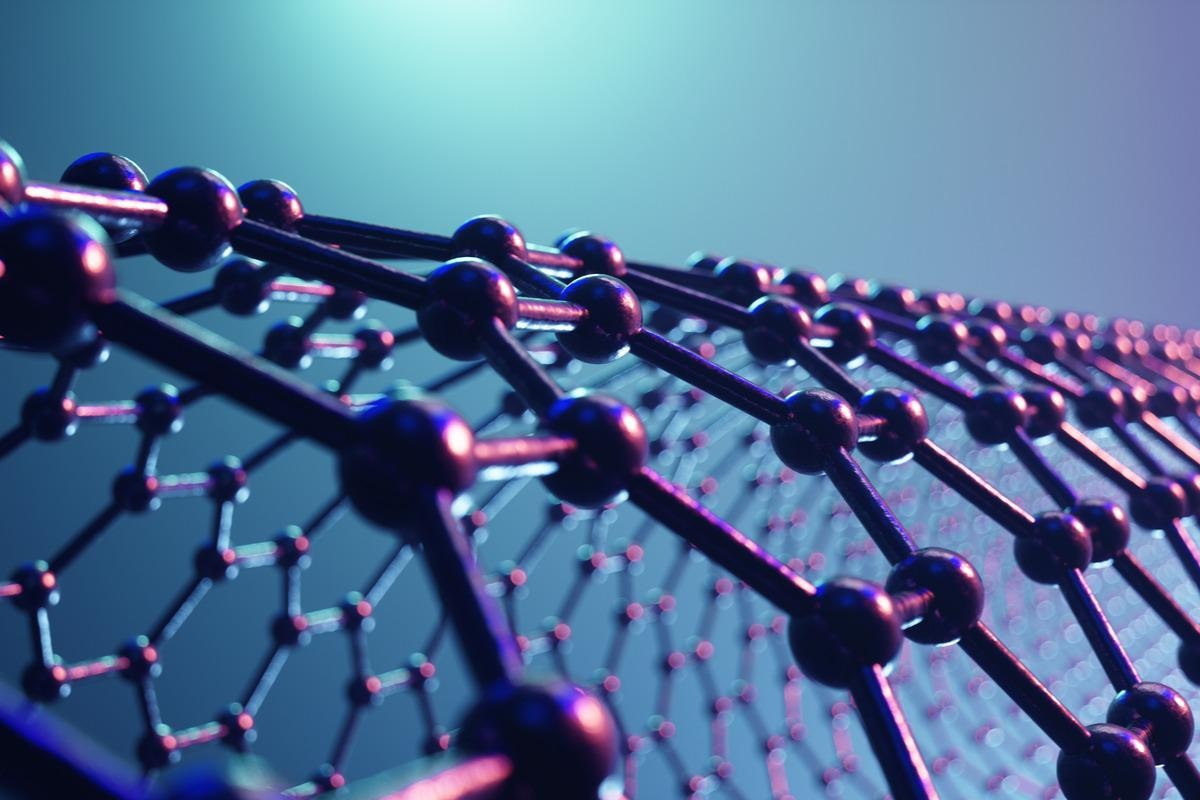In a recent study posted to the Research Square* preprint server, researchers assessed the interactions between carbon nanotubes and severe acute respiratory syndrome coronavirus 2 (SARS-CoV-2).

Preventative measures, including using face masks and gloves and the disinfection of surfaces, have played a crucial role in curbing coronavirus disease 2019 (COVID-19). Various studies have reported the effectiveness of graphene and its derivatives in controlling the spread and improving viral detection.
About the study
In the present study, researchers characterized the interactions detected using molecular dynamics (MD) and molecular docking (DOC) between graphene derivatives like carbon nanotubes (CNT) and SARS-CoV-2.
The team obtained the crystal structures of SARS-CoV-2 main protease (M-pro), spike protein (S-pro), and envelope protein (E-pro) from the protein data bank (PDB). The structures were developed, minimized with the energy refinement model-assisted construction (AMBER), and subsequently sorted via a visual process by MD and DOC. The team further optimized the structures and calculated adsorption energies using the density functional theory (DFT) method. All simulations performed were derived from the receptor + ligand model comprising E-pro, M-pro, and S-pro structures with three CNTs used as ligands of distinct geometric shapes. The receptor structures were further optimized to estimate the ideal factors that satisfied the various predefined targets.
After the receptors were minimized and the ligands were optimized, the three-dimensional structures of the generated proteins were added to the DOC platform. The team also performed molecular coupling using a ligand in a protocol that allowed the ligand to be flexible. The ligand-receptor complex was evaluated via visualization and subsequent analysis. The parameters employed in this study efficiently recovered the structures and the incident interactions of a known ligand-receptor complex.
Following the DOC process, the team used configurations as initial conformations in the MD process simulations to predict the positions of the macromolecule active site as well as the stability of the receptor-ligand complex using the particle mesh Ewald (PME) method. The results of MD were used to estimate mean squared deviations (RMSD), mean squared fluctuation (RMSF), hydrogen bonds (HB), the radius of gyration (Rg), and surface area solvent accessible (SASA).
Results
The study results showed that the affinity energies (AEs) observed in the receptor-ligand interactions indicated the generation of a favorable compound. The team noted that the lowest AE value was found for S-pro, followed by the M-pro and E-pro. The mode of interactions estimated by the DOC results for the selected compounds was similar to those found among the crystallographic structures of E-pro binding sites.
The team also found CNT structures with different geometric shapes, including seven interactions for the armchair, seven for chiral, and five for the zigzag. Furthermore, the DOC between the S-pro and the CNTs had the highest EA value. The results also highlighted the persistence of π-alkyl bonds involving PRO225, TYR248, PHE250, PRO3663, ARG251, and VAL577, which subsequently closed after being linked with the CNTs. The team also observed that the π – σ bonds had the strongest binding strength.
The RMSD of the SARS-CoV-2 receptors accumulated at the initial stages of MD simulation as the interaction of the protein with the inhibitor reduced the flexibility of the protein. Moreover, a reduction in flexibility was noted in the substrate-binding region, which suggested the influence of inhibitor interactions mainly among the simulations comprising residues in the binding sites of the armchair and the zigzag CNTs.
The complexes of CNTs and S-pro showed robust stability in the initial stages of the simulation as well as potential growth for the armchair and chiral CNTs. This stability was consistent in the final stages of the simulation also, with an RMSD ranging from 2.0 to 2.5 Ǻ throughout the simulation. The ligands were also found to stabilize quickly and follow the fluctuations that proteins undergo.
During MD, the team analyzed RMSF fluctuations of the binding site residues to estimate the effect of the ligands on the active site residues of the proteins. Furthermore, the RMSF suggested that the stochastic fluctuations of macrostructures facilitated the entry of the CNTs into the active sites of the macrostructures.
Conclusion
Overall, the study results showed that the zigzag nanotube efficiently interacted with SARS-CoV-2 M-pro, E-pro, and S-pro. Moreover, molecular coupling showed that the S-pro active site residues mainly interacted with the chiral, zigzag, and armchair nanotubes. The researchers believe that the present study results could help the development of inhibitor materials against SARS-CoV-2 transmission.
*Important notice
Research Square publishes preliminary scientific reports that are not peer-reviewed and, therefore, should not be regarded as conclusive, guide clinical practice/health-related behavior, or treated as established information.
- Lobato, J. et al. (2022) "Interactions between carbon nanotubes and external structures of SARS-CoV-2 using molecular docking and molecular dynamics". Research Square. doi: 10.21203/rs.3.rs-1578453/v1. https://www.researchsquare.com/article/rs-1578453/v1
Posted in: Medical Science News | Medical Research News | Disease/Infection News
Tags: Compound, Coronavirus, Coronavirus Disease COVID-19, covid-19, Disinfection, Ligand, Protein, Receptor, Research, Respiratory, SARS, SARS-CoV-2, Severe Acute Respiratory, Severe Acute Respiratory Syndrome, Spike Protein, Syndrome

Written by
Bhavana Kunkalikar
Bhavana Kunkalikar is a medical writer based in Goa, India. Her academic background is in Pharmaceutical sciences and she holds a Bachelor's degree in Pharmacy. Her educational background allowed her to foster an interest in anatomical and physiological sciences. Her college project work based on ‘The manifestations and causes of sickle cell anemia’ formed the stepping stone to a life-long fascination with human pathophysiology.
Source: Read Full Article
